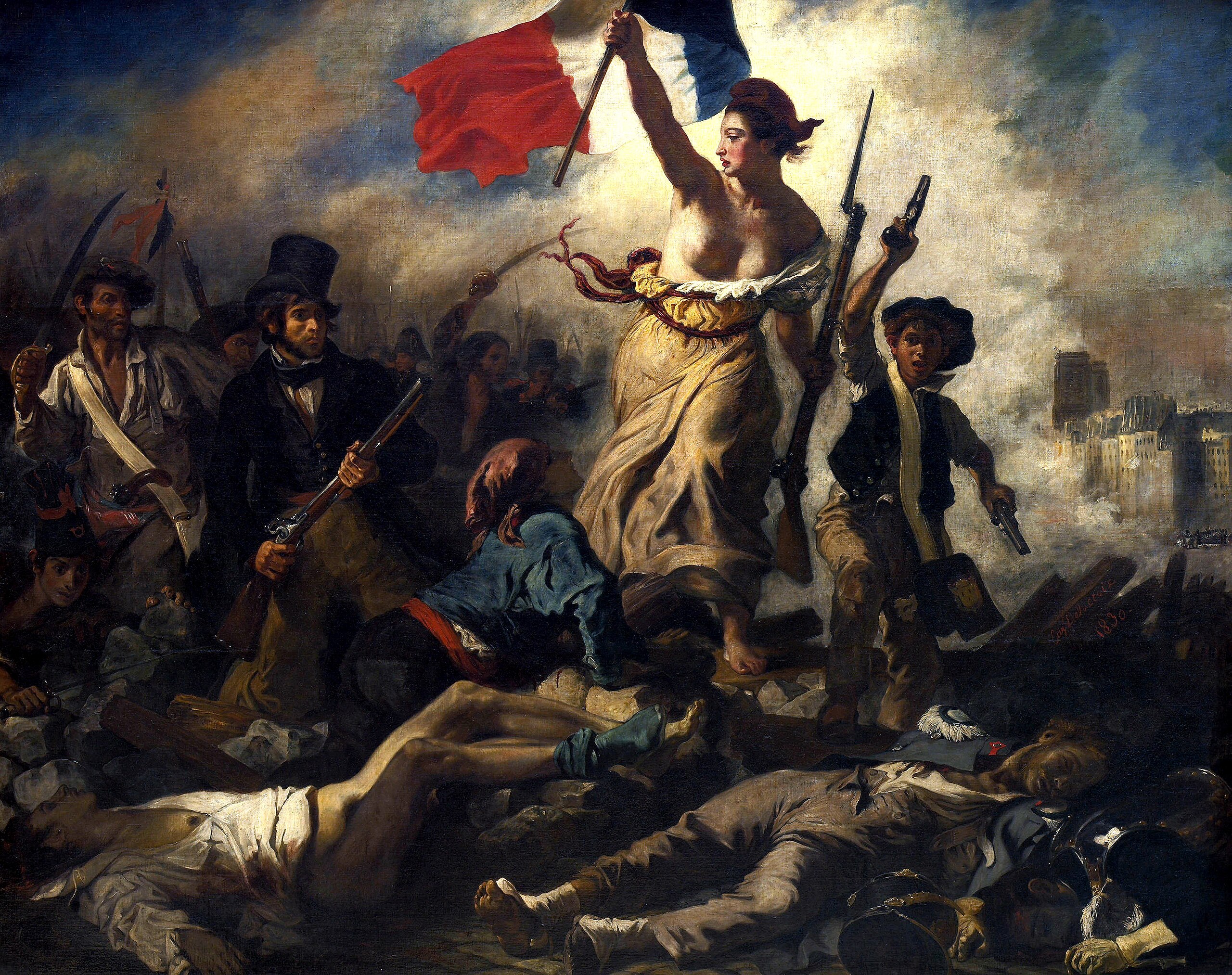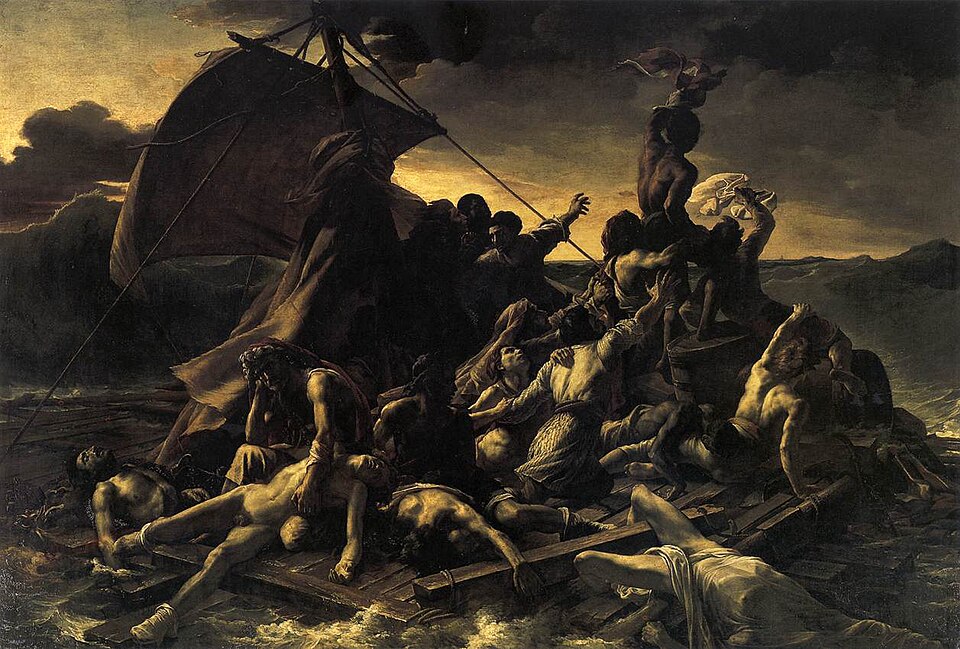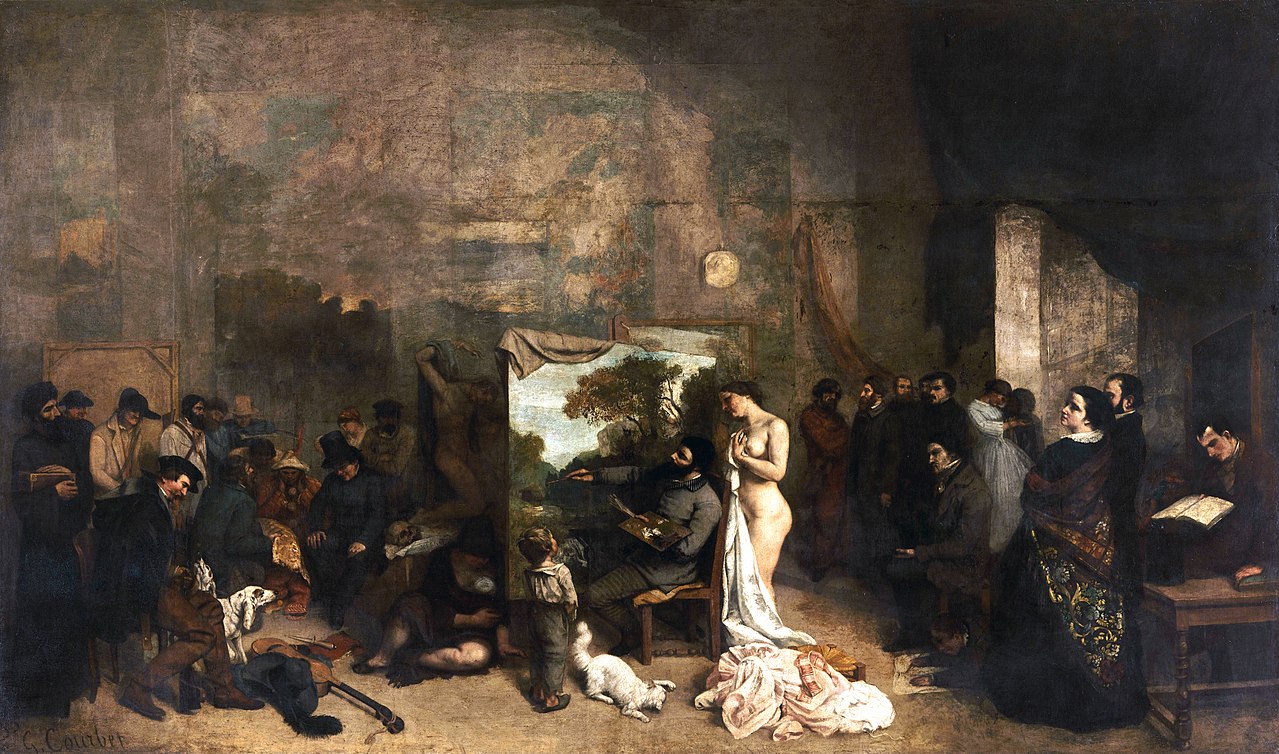Throughout its history, France has been a land of revolution, transformation, and social unrest. From the storming of the Bastille to the rise of the workers’ movements in the 19th and 20th centuries, the turbulent political landscape has often been reflected in the country’s art. French artists have played a significant role in capturing the revolutionary spirit, portraying the struggles of the people, the rise and fall of governments, and the deeply emotional consequences of societal change.
While iconic masterpieces like Eugène Delacroix's "Liberty Leading the People" are often the first to come to mind when thinking about revolutionary art in France, many lesser-known works have also played a crucial role in defining the nation's tumultuous history. This article will delve into how French artists—ranging from Delacroix to Géricault—have depicted the social and political movements that have shaped France, focusing on their lesser-known works that highlight the complex relationship between art, politics, and revolution.
Eugène Delacroix: The Romantic Revolutionary
 Image courtesy of Wikimedia Commons and the Musée du Louvre
Image courtesy of Wikimedia Commons and the Musée du Louvre
One of the most famous images of revolution in French art is Eugène Delacroix’s "Liberty Leading the People" (1830). The painting, which commemorates the July Revolution of that year, depicts Liberty as a powerful female figure leading the French people in revolt against the monarchy. It’s an explosive, dramatic image—rich in symbolism—that captures the very essence of the revolutionary spirit.
But beyond this masterpiece, Delacroix’s work as a whole reflects the political turbulence of his time. His career coincided with major political upheavals, including the French Revolution of 1830 and the Revolution of 1848, and he responded to these changes by creating art that both celebrated and critiqued the political landscape.
One lesser-known work that reveals Delacroix’s revolutionary fervor is "The Massacre at Chios" (1824), which portrays the brutal massacre of Greek civilians by Ottoman forces during the Greek War of Independence. While not directly related to French politics, the painting captures the horrors of war and oppression, evoking the sense of injustice that spurred revolutions across Europe in the 19th century.
Delacroix’s use of color, his dramatic compositions, and his focus on human suffering resonated deeply with those who were experiencing the harsh realities of political unrest. Even in works that were not overtly political, such as his "Scenes from the Massacre of Scio", Delacroix’s technique communicated a sense of urgency and violence, reminding viewers of the human cost of revolution.
Théodore Géricault: Romanticism and Revolutionary Themes
 Image courtesy of Wikimedia Commons and the Musée du Louvre
Image courtesy of Wikimedia Commons and the Musée du Louvre
Like Delacroix, Théodore Géricault was another Romantic artist whose works captured the spirit of revolution. His most famous painting, "The Raft of the Medusa" (1818-1819), depicts the survivors of a shipwreck drifting at sea, suffering from starvation, madness, and despair. The piece is more than just an exploration of human suffering—it is a critique of the French government’s failures, particularly the incompetence that led to the disastrous shipwreck of the Medusa.
The painting itself can be seen as an allegory for the revolutionaries who, despite their efforts, were often left to perish by the very government they sought to overthrow. Géricault’s raw portrayal of human emotion, combined with his focus on the human condition, made him a key figure in the Romantic movement, which often rebelled against the classical ideals of restraint and reason.
But beyond "The Raft of the Medusa," Géricault also created works that directly addressed the socio-political issues of his time. His "The Charging Chasseur" (1812) depicts a heroic figure of a French soldier, a piece that both celebrates French nationalism and critiques the militarism that led to so much bloodshed during the Napoleonic Wars. Géricault’s art was both a reflection of the political context of the time and a commentary on the heroism, but also the futility, of war.
Gustave Courbet: Realism and the Working Class
 Image courtesy of Wikimedia Commons and the Musée d’Orsa
Image courtesy of Wikimedia Commons and the Musée d’Orsa
Gustave Courbet emerged during a time of intense social unrest in France—after the French Revolution of 1848 and amid the growing rise of industrialization. As a leader of the Realist movement, Courbet rejected the idealized representations of the human body and society found in Romanticism and instead focused on the lives of ordinary people, particularly the working class.
His famous painting, "The Stone Breakers" (1849), shows two laborers engaged in the backbreaking work of breaking stones for road construction. The figures are depicted with startling realism, emphasizing their physical exhaustion and their status as working men. The work’s focus on the hardship of the lower classes resonated deeply with the growing sense of social inequality in France at the time.
Courbet's "Burial at Ornans" (1849-1850), a large-scale painting that depicts the funeral of a man in his home town, is another example of his commitment to depicting reality, no matter how grim. The painting is stark and unsentimental, showing the townspeople gathered around the grave in a quiet, almost indifferent manner. By focusing on the ordinary lives of people in rural France, Courbet’s works gave voice to a demographic often overlooked in traditional academic painting.
Courbet’s politics were also reflected in his life. A vocal critic of the bourgeoisie and the monarchy, he was an active participant in the Paris Commune of 1871—a short-lived socialist government that led to a brutal crackdown by the French army. His political engagement further cemented his status as a revolutionary artist.
Jean-François Millet: The Struggles of Rural France
While Courbet focused on the working class in urban settings, Jean-François Millet turned his attention to the rural poor. Millet’s "The Gleaners" (1857) is perhaps his most famous work, showing three peasant women collecting leftover grain from a harvested field. The painting is a poignant portrayal of the dignity and hard labor of the lower classes, and it became an iconic image of social struggle in rural France.
Millet’s art was deeply connected to the political climate of rural France, where the peasantry was experiencing profound economic hardship. His works evoke sympathy for the laborers and challenge the viewer to confront the inequities of rural life in 19th-century France. Millet’s "The Angelus" (1859), a more intimate and spiritual work, shows two peasants pausing in their work to pray at the sound of the evening bell, capturing the quiet devotion of those whose lives were often marked by struggle and sacrifice.
Millet’s sympathetic portrayal of the working poor made him a favorite among revolutionary socialists and workers' movements, and his paintings continue to inspire discussions about class and labor in modern times.
A Legacy of Revolutionary Art
The art created during times of social and political unrest in France is far from just historical documentation. It is a powerful reminder of how art can serve as both a reflection of society and a tool for social change. Artists like Delacroix, Géricault, Courbet, and Millet understood the potency of their work in times of revolution—how a single image could capture the spirit of an entire movement and resonate across generations.
These lesser-known works, from Delacroix’s emotional portrayal of Greek suffering to Courbet’s gritty depiction of laborers, provide a more nuanced view of revolution and unrest. They invite us to reflect not just on the grand battles of history but on the individual struggles that shape social movements. In a country with such a deep tradition of protest, rebellion, and transformation, the legacy of revolutionary art continues to inspire both artists and activists to this day.